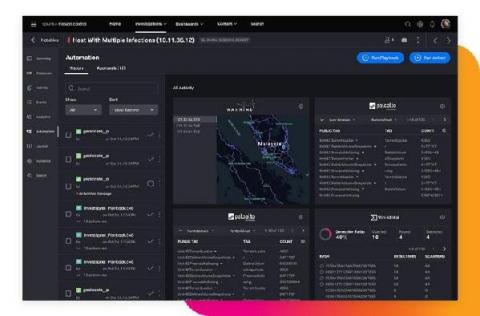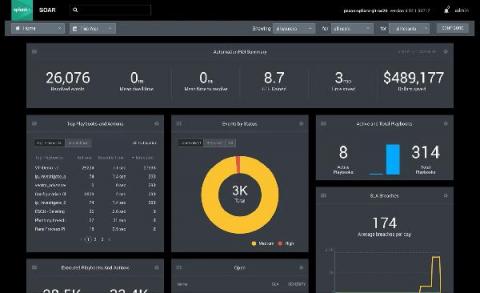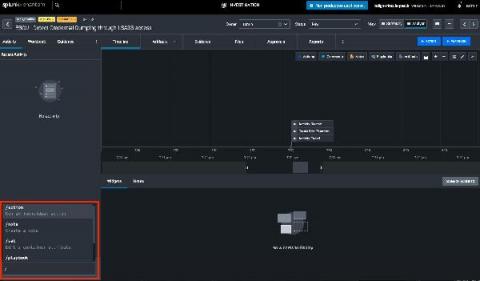Understanding the DoD's Data Strategy: Part 2
Published in late 2020, the DoD Data Strategy emphasizes the importance of unlocking and operationalizing data-value from across its enterprise to support mission operations and maintain battlefield advantage. The strategy highlights seven goals and objectives that the DoD believes will align the DoD's Data Strategy with industry best practices.





